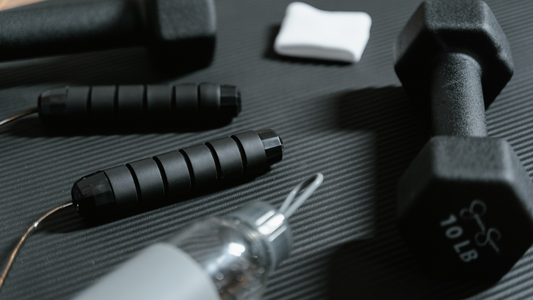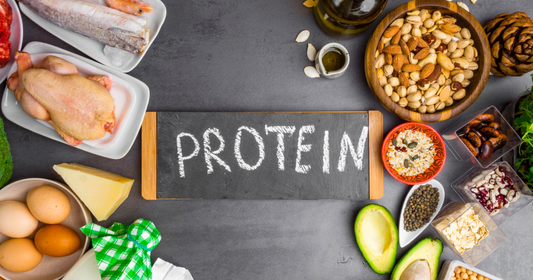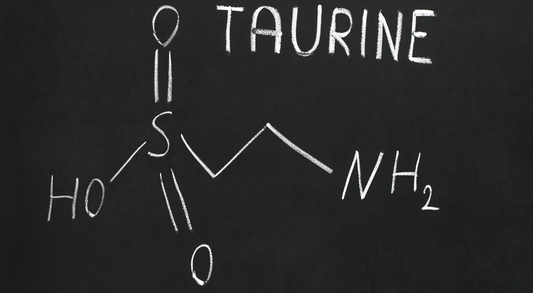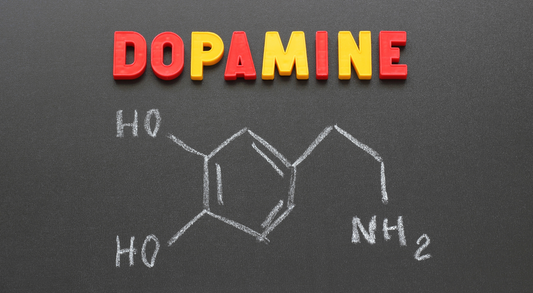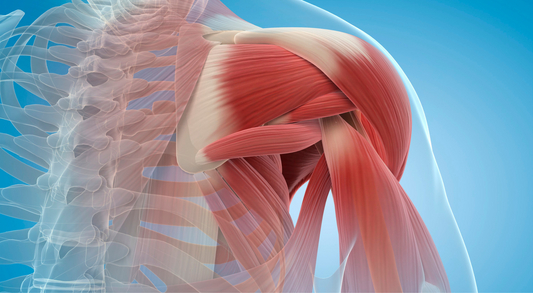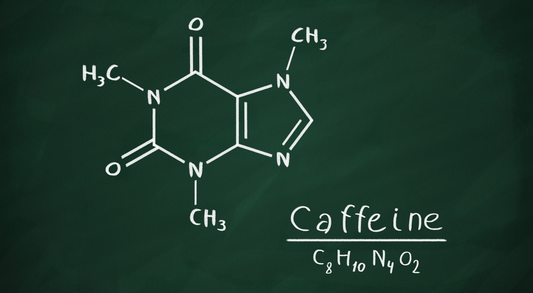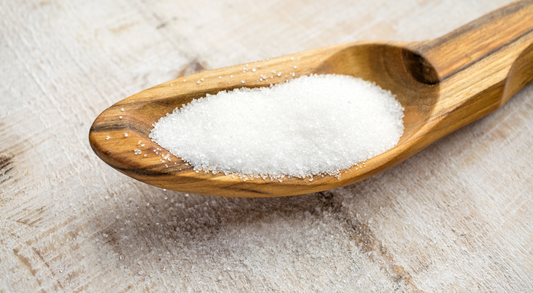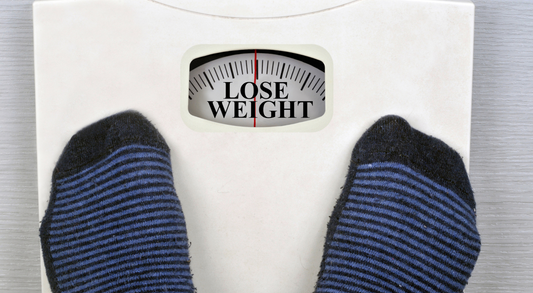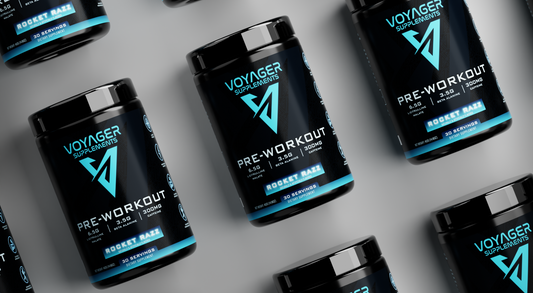What is HIIT?
High-Intensity Interval Training (HIIT) involves short bursts of intense exercise followed by brief periods of rest or low-intensity exercise. This training method is highly effective for improving cardiovascular fitness, burning fat, and increasing endurance.
Benefits of HIIT
1. Efficient Fat Burning
HIIT workouts are known for their ability to burn a significant amount of calories in a short period. A study in the Journal of Obesity found that HIIT is more effective at reducing abdominal fat compared to traditional moderate-intensity exercise (Keating et al., 2017).
2. Improved Cardiovascular Health
HIIT can enhance heart health by improving blood pressure, cholesterol levels, and overall cardiovascular function. Research published in the British Journal of Sports Medicine highlights the cardiovascular benefits of HIIT, particularly for individuals with coronary artery disease (Weston et al., 2014).
3. Increased Metabolic Rate
HIIT can boost your metabolic rate for hours after exercise, promoting increased calorie burning even at rest. A study in the Journal of Applied Physiology showed that HIIT significantly elevates post-exercise metabolism (Trexler et al., 2014).
4. Time-Efficient Workouts
HIIT allows you to achieve a comprehensive workout in less time, making it ideal for those with busy schedules. A typical HIIT session can be completed in 20-30 minutes, providing the benefits of a longer workout in a fraction of the time.
How to Incorporate HIIT into Your Routine
- Start with a Warm-Up: Always begin with a 5-10 minute warm-up to prepare your body for intense exercise.
- Choose Your Exercises: Combine exercises such as sprints, jump squats, burpees, and cycling.
- Follow a 1:1 Work-to-Rest Ratio: For example, perform 30 seconds of intense exercise followed by 30 seconds of rest.
- Gradually Increase Intensity: As you become more fit, increase the duration and intensity of your intervals.
For more workout tips, visit our blog.
Conclusion
High-Intensity Interval Training (HIIT) is an effective and efficient way to improve fitness, burn fat, and enhance cardiovascular health. Incorporate HIIT into your workout routine to reap these benefits and achieve your fitness goals.
References:
- Keating, S. E., et al. (2017). Exercise and visceral fat: A systematic review and meta-analysis of randomized controlled trials. Journal of Obesity, 2017, 1-14.
- Weston, K. S., et al. (2014). High-intensity interval training in patients with lifestyle-induced cardiometabolic disease: a systematic review and meta-analysis. British Journal of Sports Medicine, 48(16), 1227-1234.
- Trexler, E. T., et al. (2014). Metabolic adaptation to exercise training and its implications for weight management. Journal of Applied Physiology, 117(1), 1-8.






